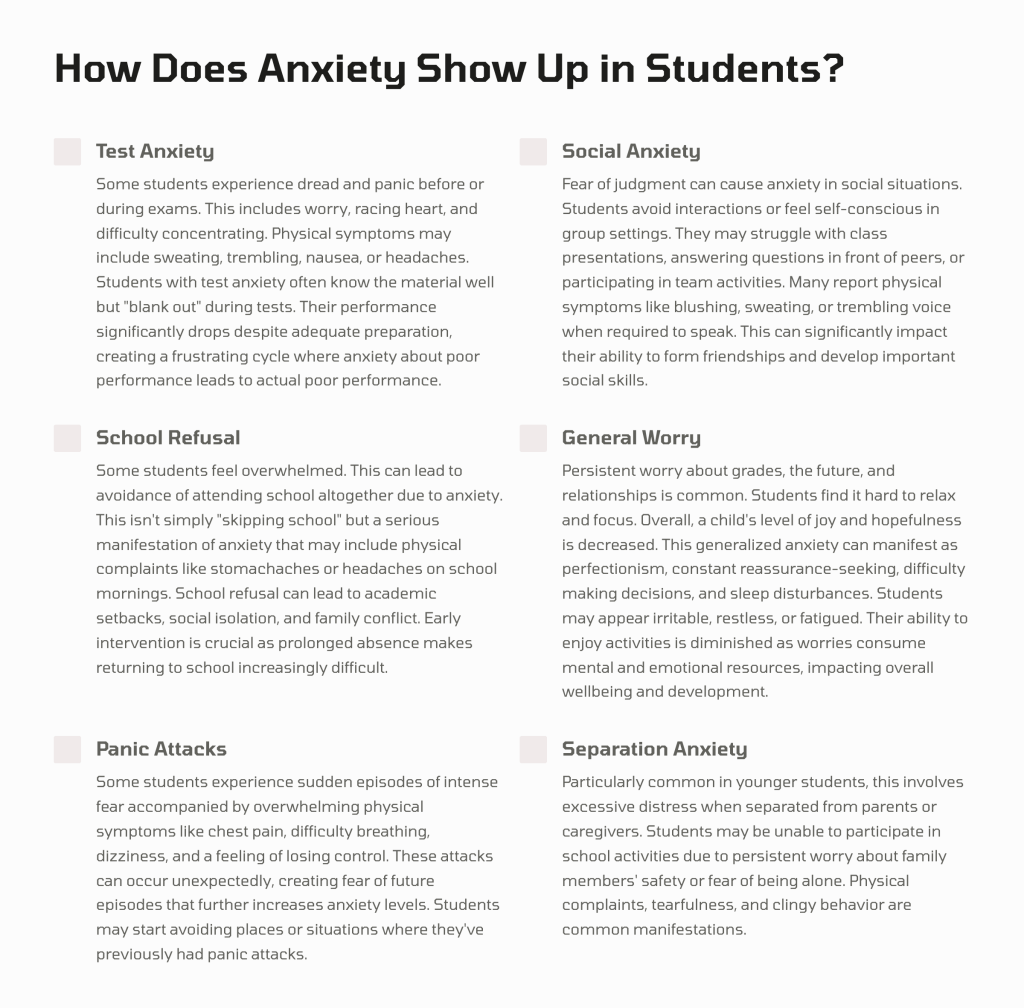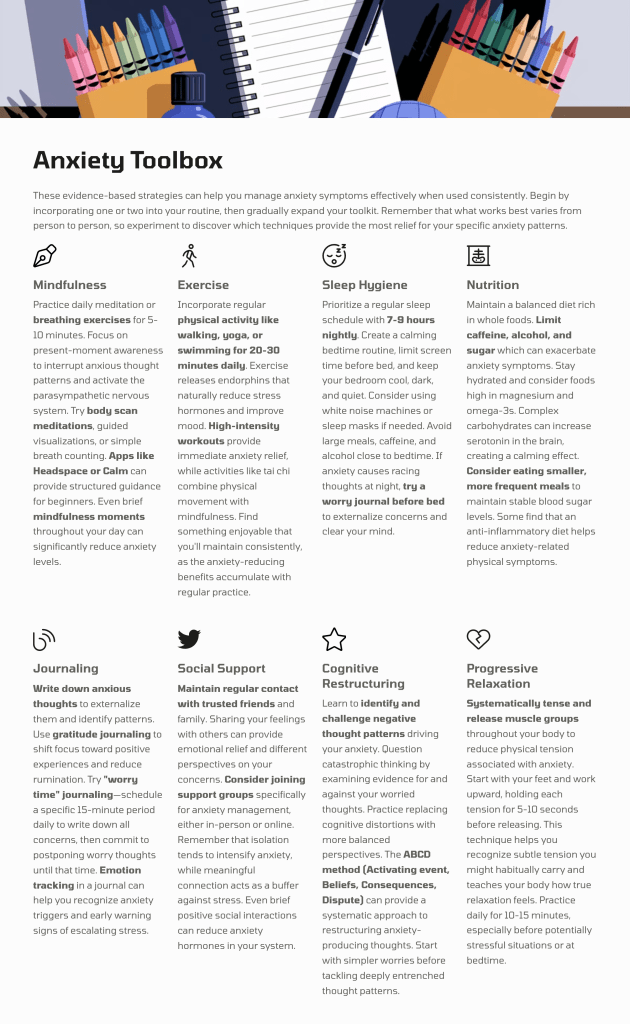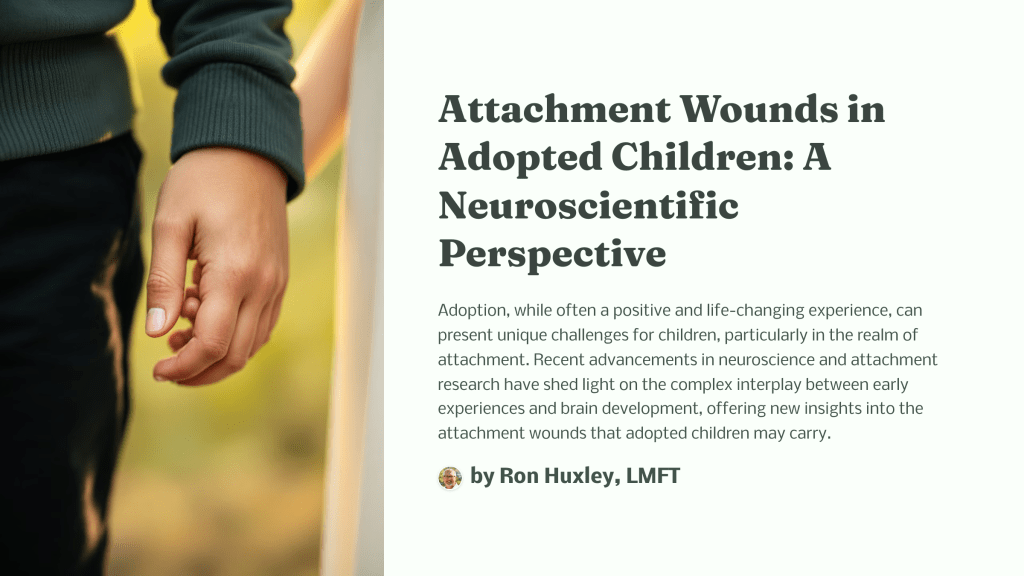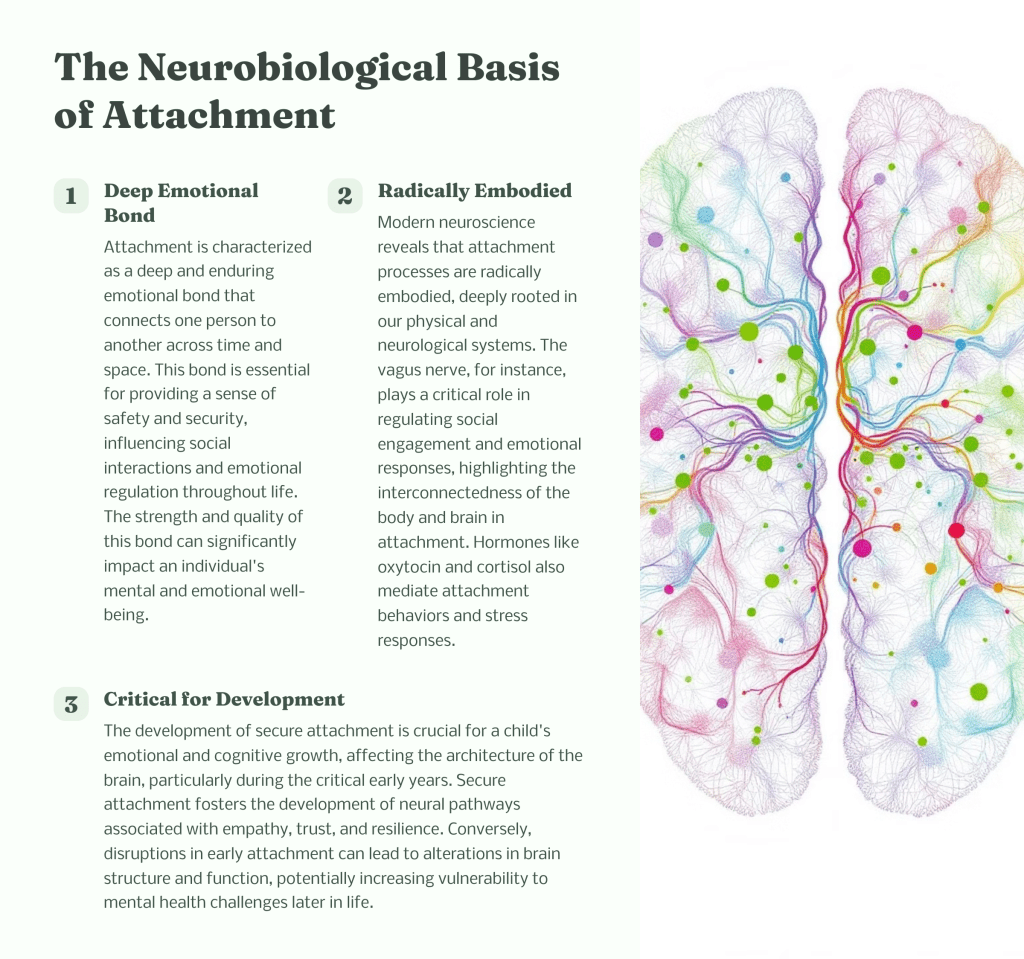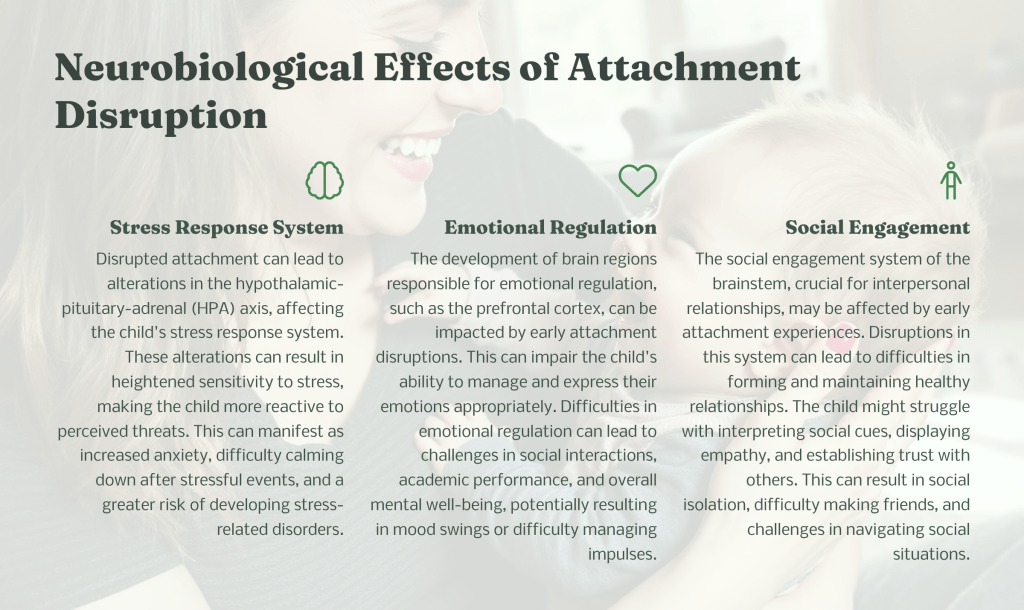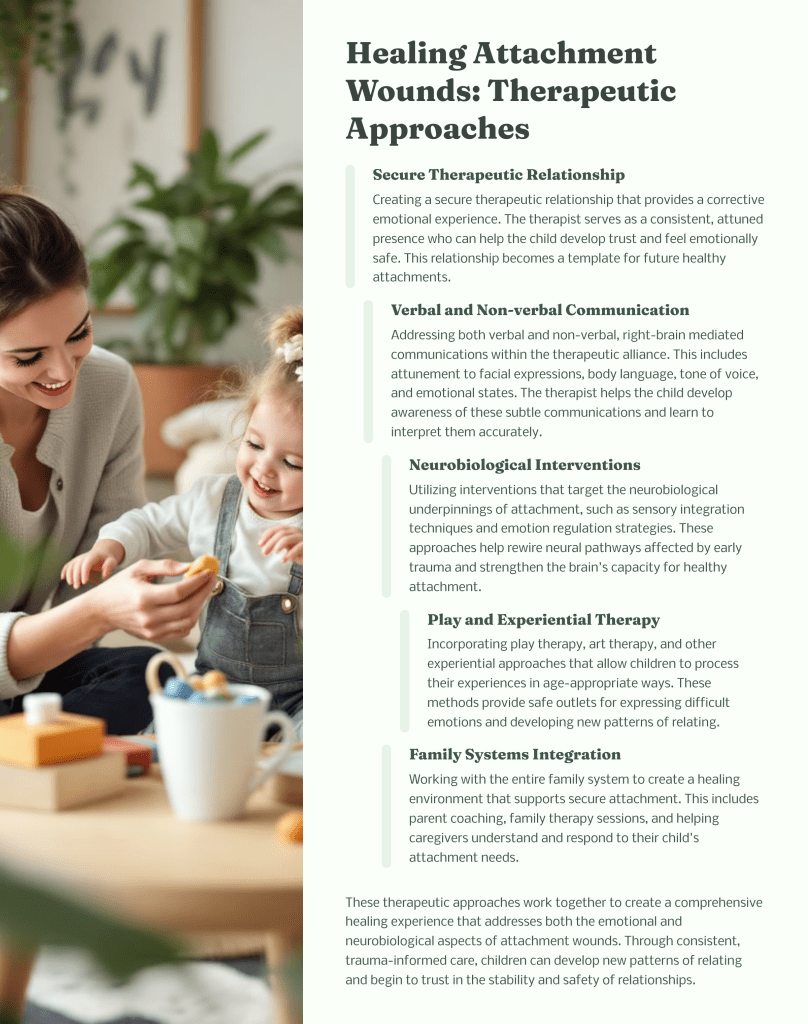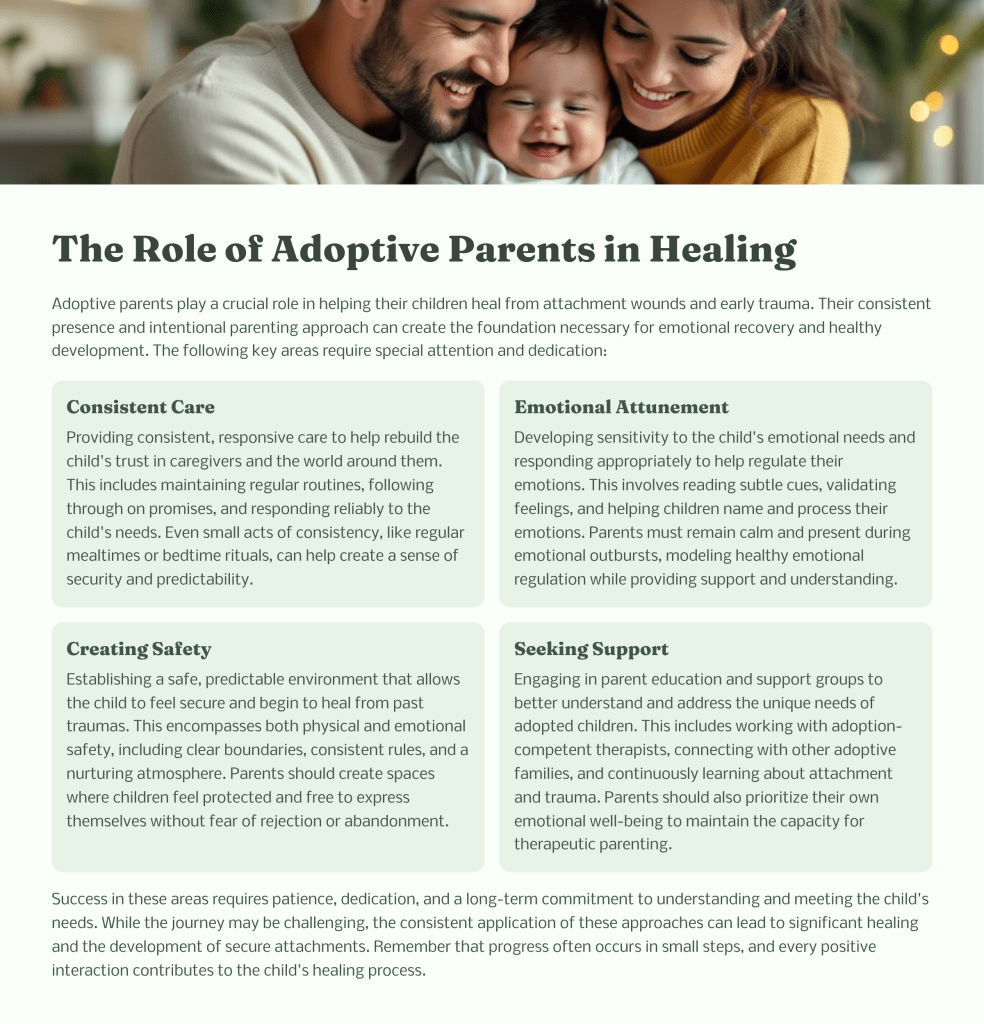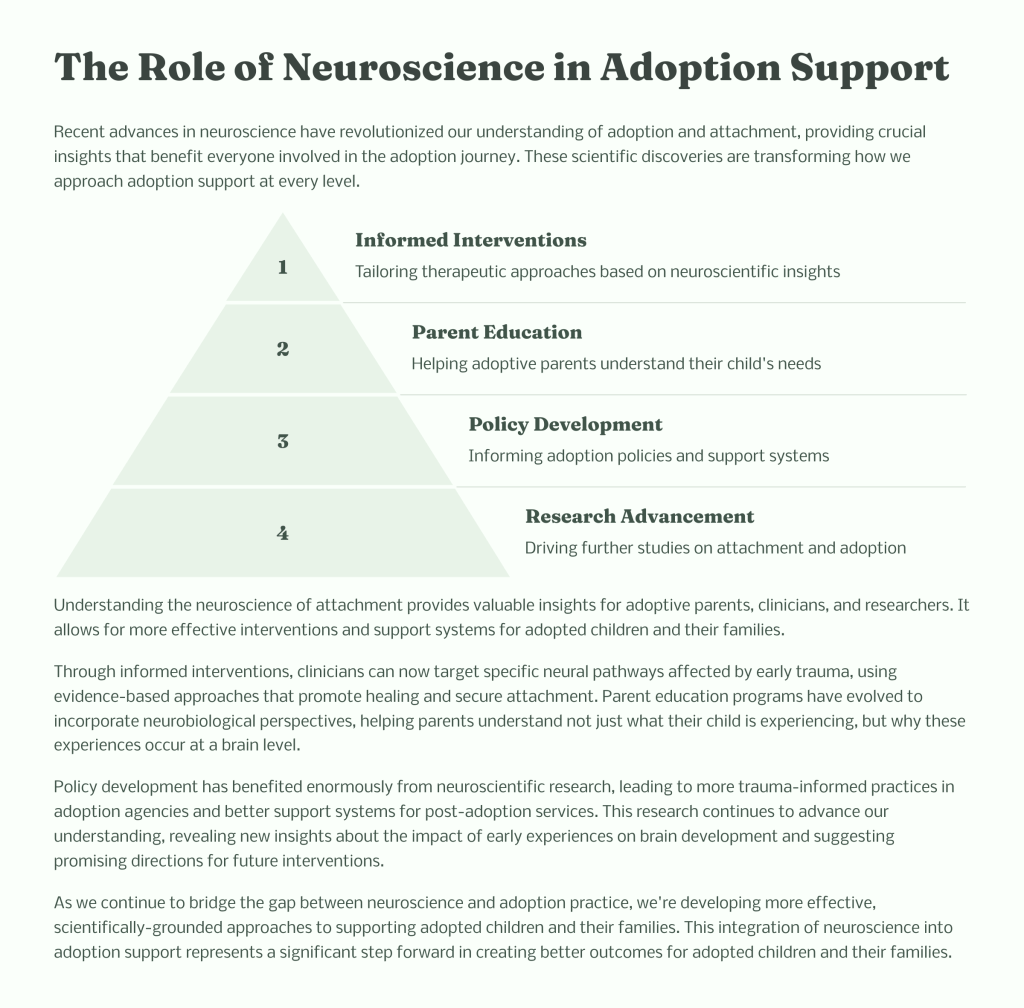As we stand at the threshold of 2025, many of us feel like skydivers perched at the airplane door – hearts racing, minds swirling with “what-ifs.” In her profound work, Melody Beattie captures this universal fear perfectly: “Sometimes we’re so scared, all we can think to do is hang on.”
Whether entering this new year carrying hopes for career advancement, relationship healing, or personal growth, the journey ahead requires us to embrace the art of letting go. The coming year represents our metaphorical airplane door. Some of us approach it willingly, armed with resolutions and dreams. Others may be pushed toward change by circumstances beyond our control – a company restructuring, health challenges, or shifting relationships.
Fear often manifests as an intense grip on the familiar. We cling to outdated habits, toxic relationships, or unfulfilling jobs because we feel safer than the unknown. But Beattie notes that holding on is often a “silly illusion.” Like a skydiver must release the aircraft to experience the exhilarating freedom of flight, we must loosen our grip on what no longer serves us.
The Art of Letting Go: A 2025 Action Plan
Recognize Your Airplane Door
- Identify what you need to release
- Acknowledge if changes are voluntary or forced
- Practice Beattie’s physical exercise: literally, drop objects while noting your resistance
Practice Ground Training
“Training their bodies and themselves to do it right” – Beattie
- Start with releasing minor irritations – traffic delays, minor setbacks
- Journal about your letting-go journey
- Build resilience through small daily acts of surrender
Manage the Freefall
Use Beattie’s anxiety management techniques:
- Deep breathing exercises
- Positive self-talk
- Finding humor in uncertainty
- Accept that fear is normal during change
- Trust the process of release
Deploy Your Safety Measures
“Cut away major malfunctions” – Beattie
- Identify toxic situations requiring immediate release
- Build a support network
- Create contingency plans for significant life changes
- Know when to walk away from situations that aren’t working
Navigate the Landing
- Actively engage with change rather than passive acceptance
- Assess when to “push against the wind” (stand firm)
- Celebrate small victories in letting go
- Practice grace and resilience in facing challenges
Remember, letting go isn’t passive surrender. Like a skydiver reading wind patterns and adjusting accordingly, we must actively engage with life’s currents. “The process of letting go,” Beattie emphasizes, “requires as much skill and attention as holding on.”
Sometimes, life presents us with malfunctioning parachutes – situations that aren’t working despite our best efforts. The new year might require us to deploy our reserve chute by walking away from draining relationships, leaving unfulfilling careers, or abandoning strategies that no longer work. While scary, these decisions often lead to softer landings than forcing a damaged situation to work.
As we step into 2025, let’s trust that even in freefall, we possess the strength to navigate our descent and land gracefully in new possibilities. Every skydiver was once a beginner. Start small, trust the process, and let 2025 be your conscious release and renewal year.
The countdown to the new year has begun. What will you choose to release as you leap into 2025?



